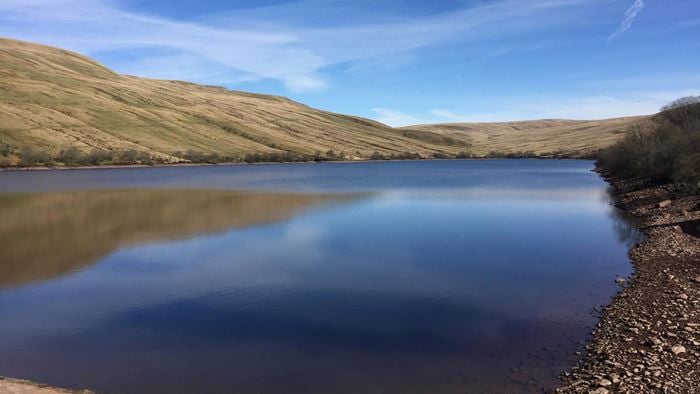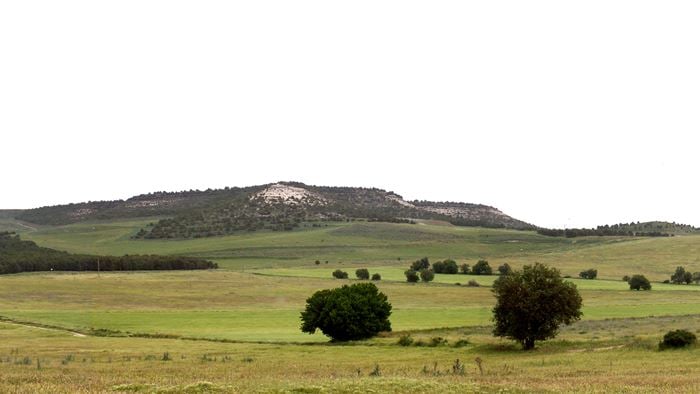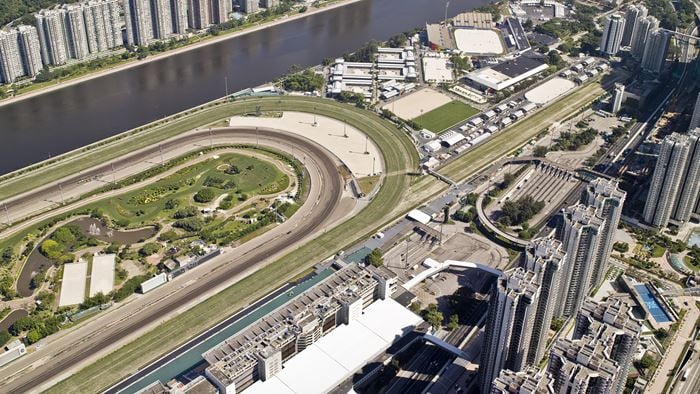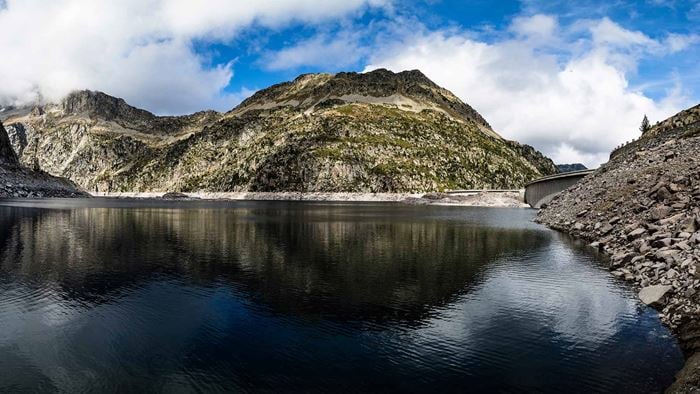An existing dam in Wloclawek, Poland, is at risk of failure because of river bed erosion. It is the largest reservoir in Poland and has been operating since 1970. Huge amounts of potentially-harmful sediments could contaminate the lower Vistula River and affect the Baltic Sea in the event of collapse.
Analysis of solutions
Energa SA, operator of an existing hydropower plant in Wloclawek, appointed Arup to conduct a multi-criteria analysis of possible solutions to secure the existing dam, including an associated environmental impact assessment.
Several locations of a second dam are under consideration, consisting of a hydropower plant, navigation lock, weir and a front dam. A yacht marina and a port are also being designed.
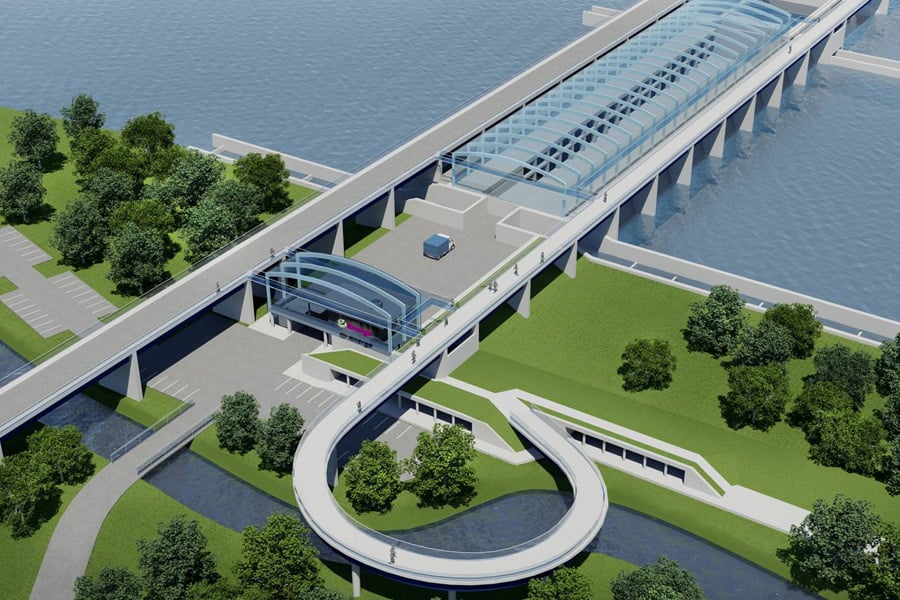
Cost-benefit analysis
Arup is carrying out a concept design, feasibility study and cost-benefit analysis for two selected locations, followed by a public consultation process. Our team builds on Arup’s expertise and integrated approach to sustainable development in water management to arrive at the best possible result.
The main objectives for the project are to provide public safety in the area of the existing dam, improvement of aquatic ecosystems and use of water energy for electricity production.
Sensitive location
The £5m project is located in an environmentally-sensitive 1,700km2 site. It is an EU-designated protected area and Arup is conducting extremely detailed, site-wide environmental surveys to identify valuable habitats for which environmental compensation may be required. The collected data are being incorporated into the extensive geographic information systems database.

